
Former neuro critical care nurse
Interested in stroke 🧠 epi research (with/&) causal inference methods
she/her
📍 Berlin
#EpiSky #Epidemiology #CausalInference #PublicHealth #AcademicSky
We investigated the use of stacked proportional bar graphs (aka "Grotta bars") in observational neurology research & made infographics 🎨📊 to guide proper use & interpretation of these figures.
🔓 Read the OA paper: www.neurology.org/doi/10.1212/...
🙈 Spoilers below 👇
With @jlrohmann.bsky.social, @meghanforr.bsky.social, @chisatoito.bsky.social, @mpiccininni3.bsky.social, Venessa Didilez, Toivo Glatz, Rodrigo Huerta, & others!
#EpiSky

With @jlrohmann.bsky.social, @meghanforr.bsky.social, @chisatoito.bsky.social, @mpiccininni3.bsky.social, Venessa Didilez, Toivo Glatz, Rodrigo Huerta, & others!
#EpiSky
#EpiSky #EuroEpi2026
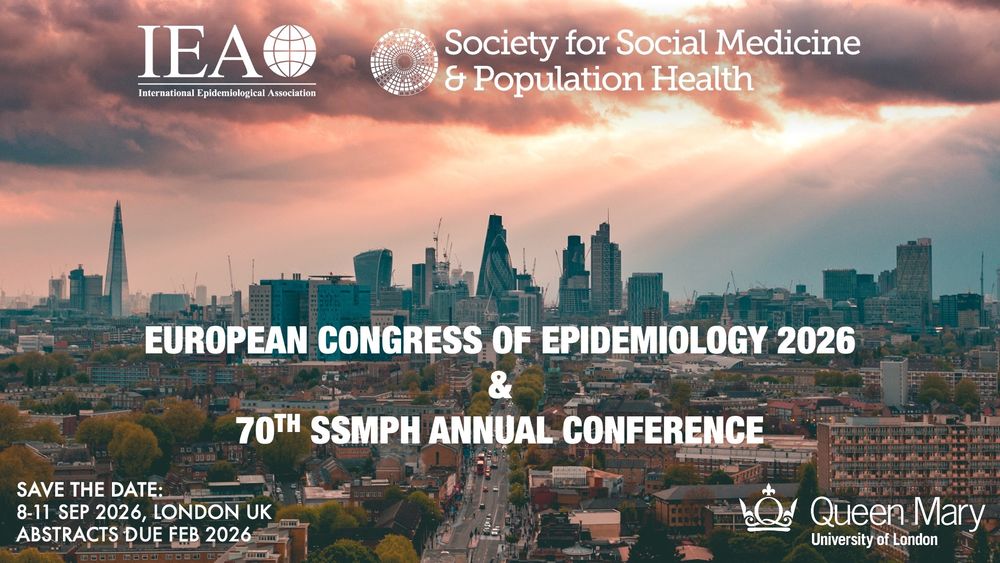
#EpiSky #EuroEpi2026
What's missing?
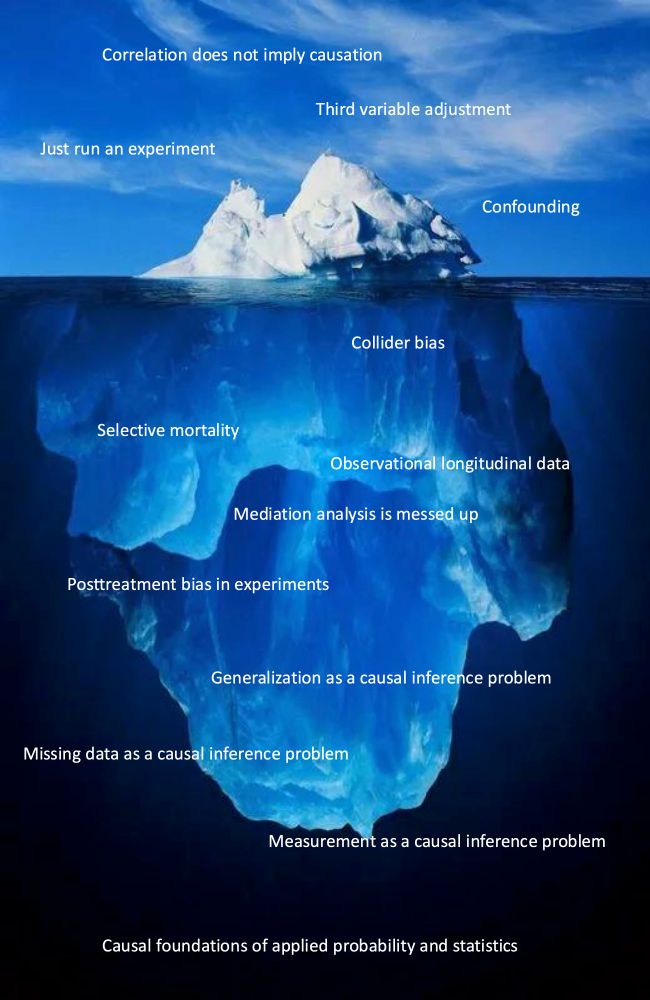
What's missing?
"Hmm, this association looks unusual" 🤔
After #CausalInferenceIntro:
"Have you considered the possibility of collider bias?" 🤓
@pwgtennant.bsky.social @georgiatomova.bsky.social @jlrohmann.bsky.social @meghanforr.bsky.social
@laurieberrie.bsky.social
Rodrigo
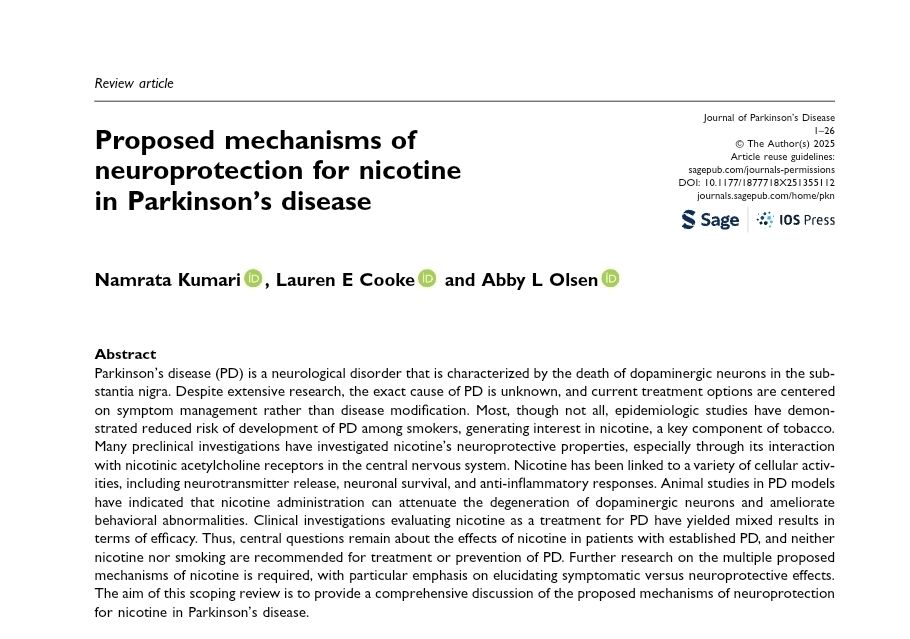
"Hmm, this association looks unusual" 🤔
After #CausalInferenceIntro:
"Have you considered the possibility of collider bias?" 🤓
@pwgtennant.bsky.social @georgiatomova.bsky.social @jlrohmann.bsky.social @meghanforr.bsky.social
@laurieberrie.bsky.social
Rodrigo
My favourite part of the #CausalIntroCourse!

My favourite part of the #CausalIntroCourse!
#EpiSky #CausalSky
Lighthearted dice rolling 🎲 before the big reveal. Puzzled looks. Then 🤯 shock, as the implications for their research fields sank in. You could hear a pin drop during the compelling lecture that followed! 👏🏻
#EpiSky #CausalSky

Share your plans, and connect with other delegates, on LinkedIn or Bluesky using the #SER2025 hashtag or via the Whova conference app.
We are looking forward to seeing you all very soon!
#EpiSky

📅 May 7, 2025
🕓 4pm CEST (Berlin time)
📍 hybrid (Charité Mitte or Zoom)
Registration links 👇

📅 May 7, 2025
🕓 4pm CEST (Berlin time)
📍 hybrid (Charité Mitte or Zoom)
Registration links 👇
This afternoon, Corinna Dressler and I will host our talk “Evidence Synthesis: Types, reproducibility, and best practices“
⏰ 3 pm Berlin CET (9am US EST)
📍online (Zoom)
Info + registration: www.bihealth.org/de/aktuell/l...
#LoveMethods2025
#systematicreview #scopingreview #ebm
This afternoon, Corinna Dressler and I will host our talk “Evidence Synthesis: Types, reproducibility, and best practices“
⏰ 3 pm Berlin CET (9am US EST)
📍online (Zoom)
Info + registration: www.bihealth.org/de/aktuell/l...
#LoveMethods2025
#systematicreview #scopingreview #ebm
We investigated the use of stacked proportional bar graphs (aka "Grotta bars") in observational neurology research & made infographics 🎨📊 to guide proper use & interpretation of these figures.
🔓 Read the OA paper: www.neurology.org/doi/10.1212/...
🙈 Spoilers below 👇
We investigated the use of stacked proportional bar graphs (aka "Grotta bars") in observational neurology research & made infographics 🎨📊 to guide proper use & interpretation of these figures.
🔓 Read the OA paper: www.neurology.org/doi/10.1212/...
🙈 Spoilers below 👇
Registration: eu01web.zoom.us/webinar/regi...
Registration: eu01web.zoom.us/webinar/regi...
With
@georgiatomova.bsky.social,
@jlrohmann.bsky.social, @meghanforr.bsky.social, @chisatoito.bsky.social,
@rhuerta.bsky.social,
@mpiccininni3.bsky.social,
Toivo Glatz, and others)
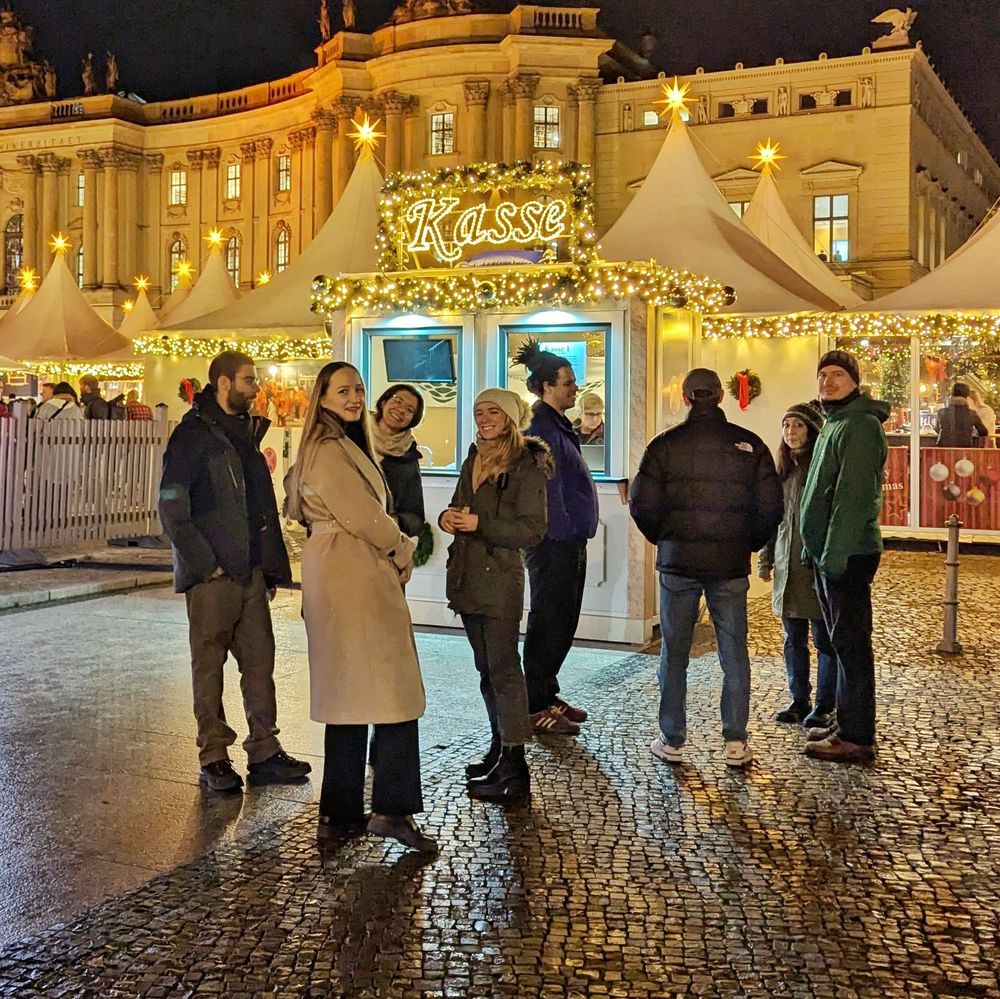
Looks like spots are filling up quickly for the July 2025 course!
#EpiSky #CausalInference
See more info & register here: www.causal.training
Note, we are not planning any other courses until 2027.
#CausalIntroCourse #EpiSky #CausalSky
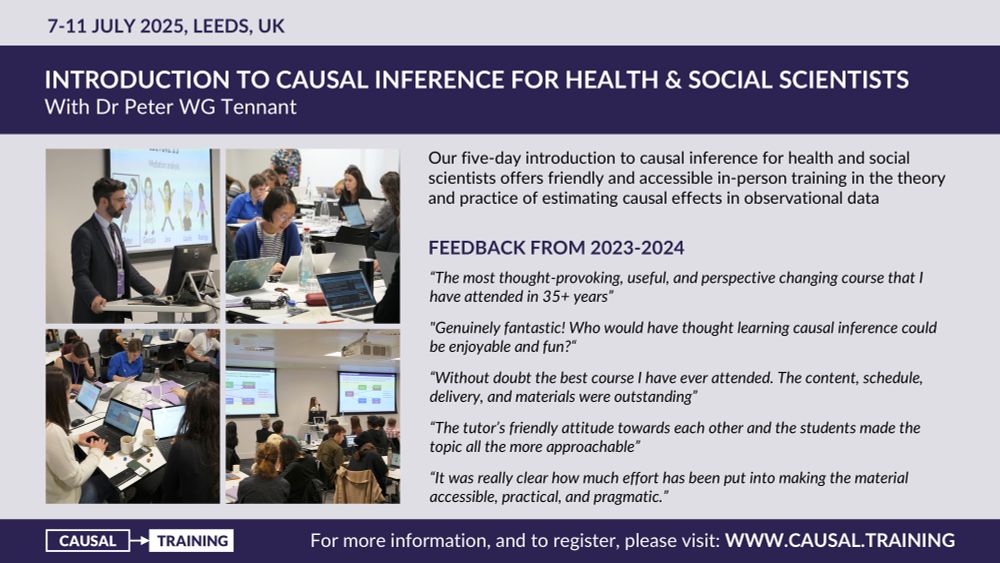
Looks like spots are filling up quickly for the July 2025 course!
#EpiSky #CausalInference
Now imagine if @hhmi.bsky.social , NIH, NSF, etc also awarded outstanding public reviews.
These could boost careers and CVs while building a vital layer of scientific evaluation.
While many of our plans for the award funds will take time to implement, one can start immediately.
To thank our users and encourage scientific debate, we’re introducing $1,000 rewards for selected PubPeer comments!
Yes students and postdocs you read that right: $1000
Now imagine if @hhmi.bsky.social , NIH, NSF, etc also awarded outstanding public reviews.
These could boost careers and CVs while building a vital layer of scientific evaluation.
#EpiSky #CausalInference #Epidemiology #AcademicSky #PublicHealth
🗓️ Wednesday, November 27
🕔 16:00 - 17:30 Berlin time
📍 Hybrid (Charité Mitte or Zoom)
Registration links 👇
#EpiSky

#EpiSky #CausalInference #Epidemiology #AcademicSky #PublicHealth

